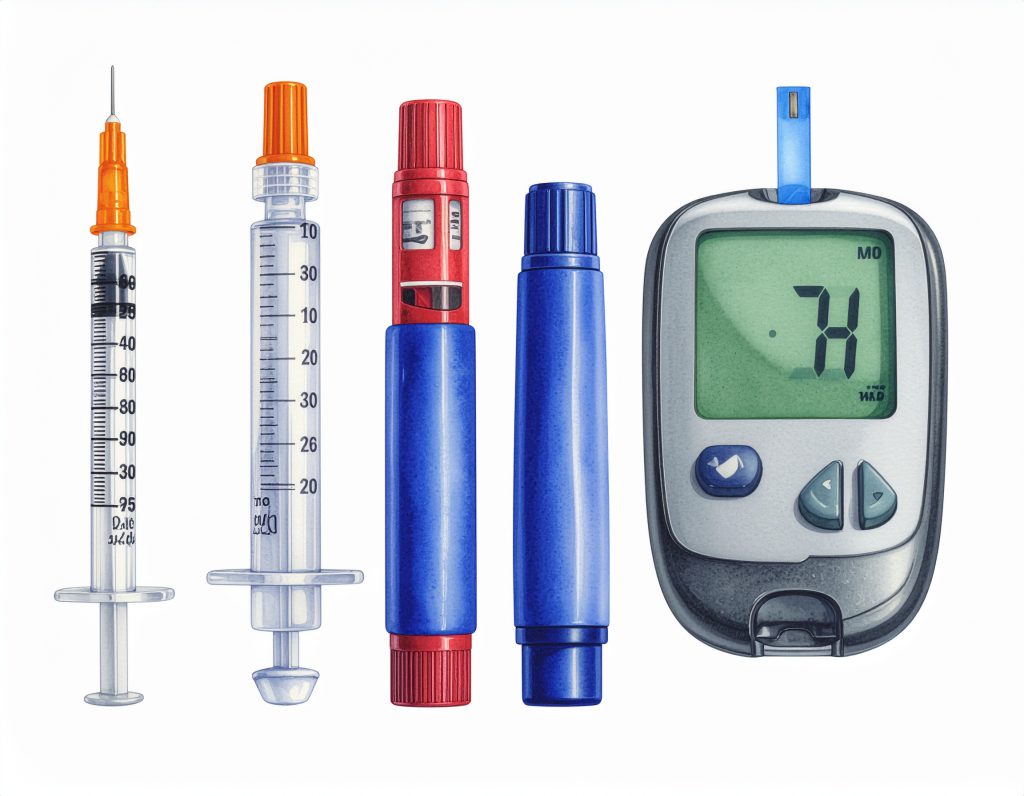As winter settles in and daylight hours grow shorter, many people notice a natural dip in energy, motivation, and overall mood. Colder temperatures, limited sunlight, and the fast pace of the academic year can all influence how we feel. While there is no one-size-fits-all approach to nutrition, gentle, non-diet strategies can help support well-being during the darker months. Small, sustainable habits can boost energy, promote comfort, and help us stay nourished throughout the season.
Foods That Support Winter Energy
During winter, many individuals experience changes in appetite and energy levels. Incorporating steady sources of fuel throughout the day can help maintain focus and keep energy levels more stable. Complex carbohydrates—such as whole grains, beans, lentils, and root vegetables—digest more slowly and provide a sustained release of energy. Pairing these foods with a source of protein or healthy fats, such as nuts, seeds, yogurt, or eggs, can help keep you feeling satisfied and grounded.
Warm, seasonal foods like oatmeal, soups, roasted vegetables, and stews can also offer both nourishment and comfort. The goal is not to follow restrictive rules, but to explore what foods help you feel your best during this time of year.
Hydration Reminders
Hydration can be easy to overlook in the winter months, especially when cold weather reduces thirst cues. Yet staying hydrated supports concentration, digestion, and overall energy. Warm beverages—herbal teas, warm lemon water, or broths—can be especially soothing and count toward daily hydration. Keeping a reusable water bottle nearby at work is a simple way to encourage consistent sipping throughout the day. Even mild dehydration can contribute to fatigue, so gentle reminders can make a meaningful difference.
Balancing Comfort Foods With Nourishment
Winter often brings a natural desire for cozy, familiar foods. Comfort foods play a valuable emotional role, offering warmth, tradition, and pleasure. Instead of thinking in terms of “good” or “bad” foods, consider how comfort foods can coexist with nourishment. For example, pairing a favorite winter dish with a colorful side, adding vegetables to a stew, or enjoying a warm baked treat alongside a protein-rich snack can help create balance without restriction.
This approach emphasizes flexibility and self-awareness—not dieting. It encourages honoring cravings while also noticing which foods help sustain energy, mood, and overall well-being.
Bringing Warm Meals and Snacks to Work
Preparing warm, satisfying meals and snacks can make a winter workday feel more grounding and enjoyable. Options like soups, chilis, curries, baked potatoes, casseroles, and warm grain bowls travel well and reheat easily. Snacks such as warm apples with cinnamon, oatmeal cups, hard-boiled eggs, mixed nuts, or whole-grain muffins can provide quick boosts of energy.
If your department or team frequently eats lunch at their desk, taking a few minutes to warm a meal and sit mindfully can help break up the day and support both physical and emotional wellness. Small routines—such as packing a thermos or prepping meals in batches—can help reduce decision fatigue and create a sense of comfort during the busiest parts of the semester.
Nourishment as Self-Care
Winter can be demanding, and nutritional wellness is just one tool for supporting your body during this time of year. Listening to your hunger cues, honoring your need for warmth and comfort, and choosing foods that help you feel nourished can contribute to steadier energy and improved well-being. Gentle, compassionate nutrition practices can help you move through winter with more ease, resilience, and balance.
References
- Academy of Nutrition and Dietetics. (2023). Winter nutrition and hydration tips. https://www.eatright.org
- Centers for Disease Control and Prevention. (2024). Water and hydration: Why it matters. https://www.cdc.gov/nutrition
- Harvard T.H. Chan School of Public Health. (2023). Healthy eating plate & winter nutrition strategies. https://www.hsph.harvard.edu/nutritionsource



